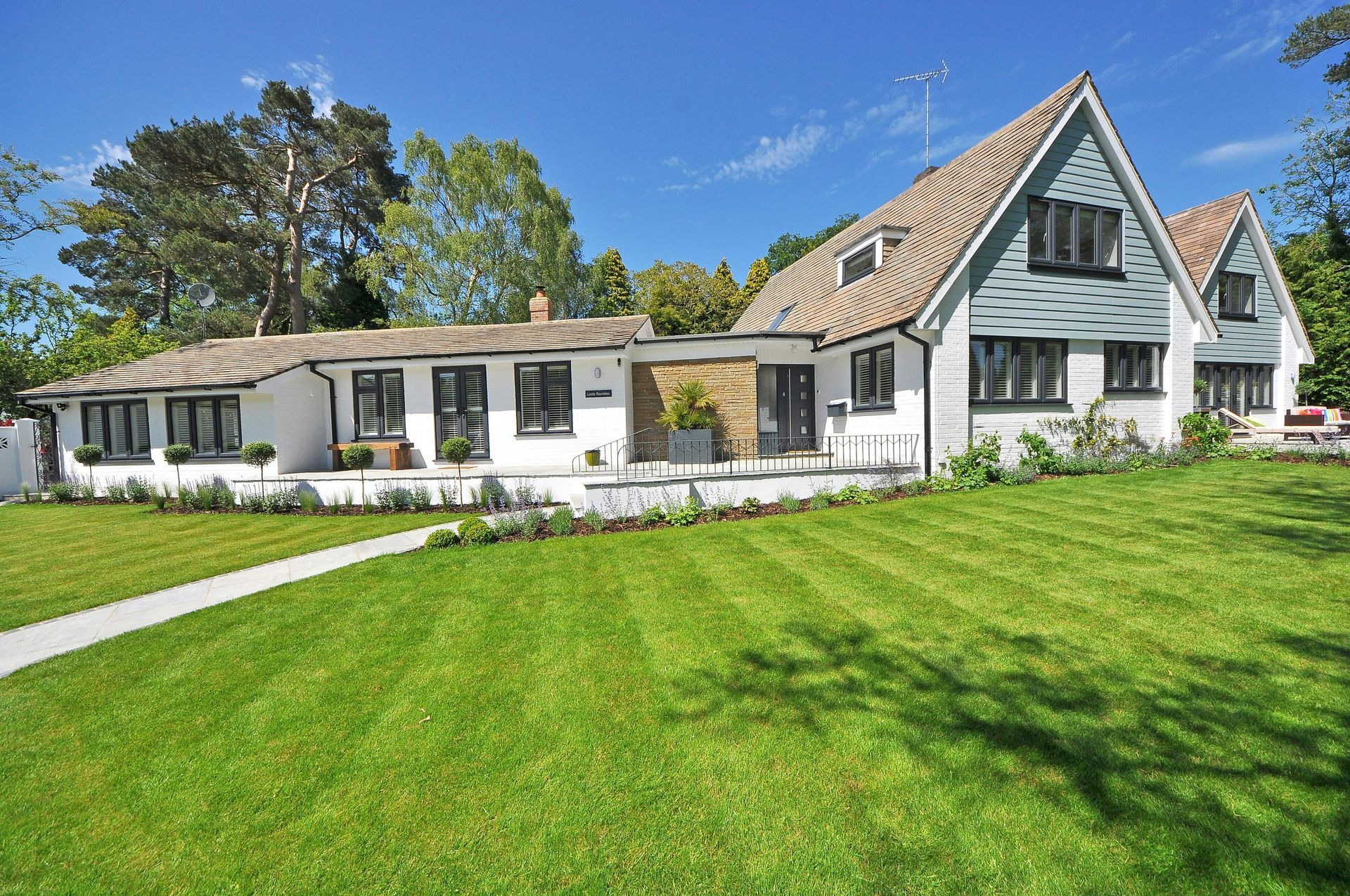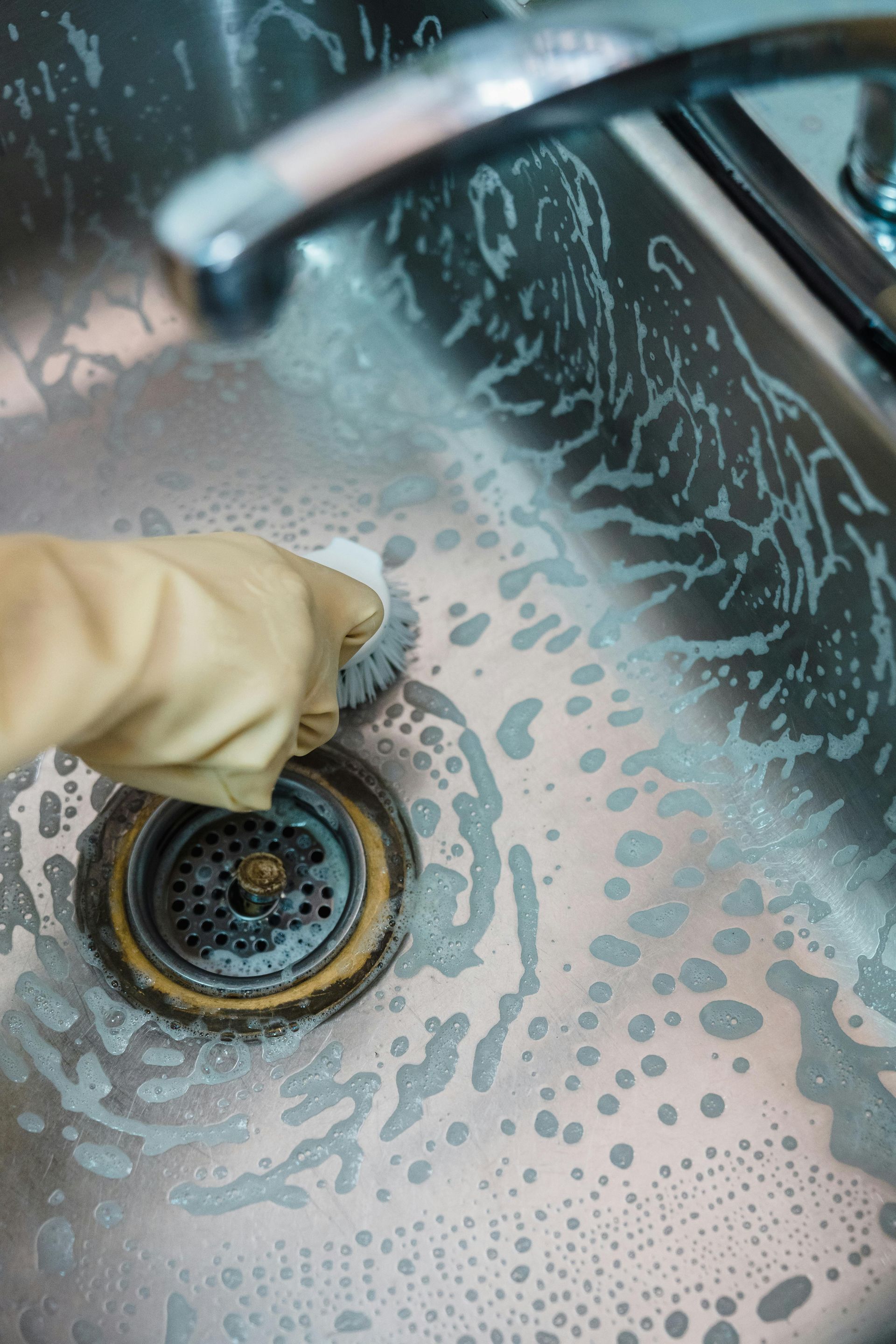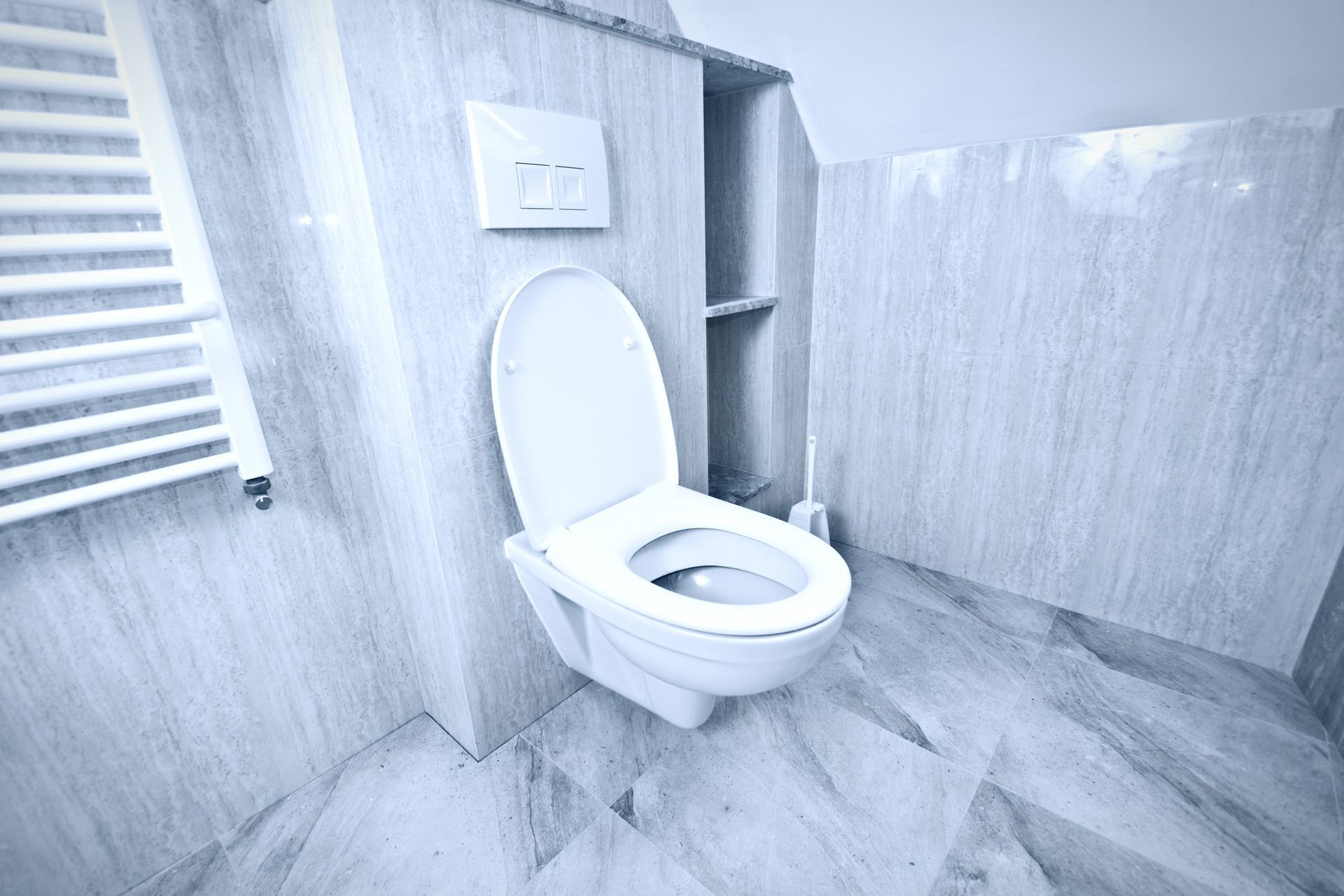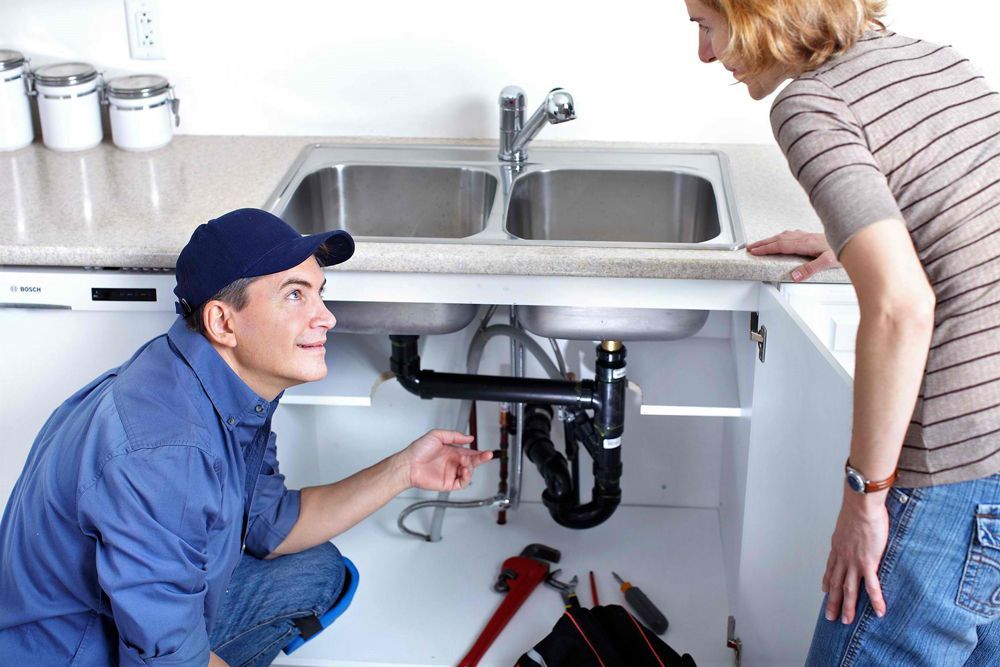How to Prevent Frozen Pipes in Winter: Essential Tips
Preventing frozen pipes in winter is a crucial aspect of home maintenance, especially in regions prone to subzero temperatures. Frozen pipes can burst, causing extensive water damage, expensive repairs, and significant disruption to your daily life. By taking proactive steps to winterize your plumbing, you not only protect your home’s infrastructure but also avoid the stress and cost of emergency repairs. This article provides a thorough, professional guide to preventing frozen pipes, incorporating essential tips and highlighting how related maintenance tasks—such as sump pump repairs and how to prepare your plumbing for a renovation—can further safeguard your home during the coldest months.
Why Frozen Pipes Are a Serious Concern
When water inside pipes freezes, it expands, exerting tremendous pressure on the pipe walls. Both metal and plastic pipes are vulnerable to bursting under this pressure, potentially resulting in flooding, water damage, and costly repairs. The risk is highest for pipes located in unheated spaces such as basements, attics, crawl spaces, garages, and along exterior walls. Even a small crack from a burst pipe can release hundreds of gallons of water per day, making prevention far more cost-effective than emergency response.
Insulate Pipes in Vulnerable Areas
One of the most effective ways to prevent pipes from freezing is by insulating them, particularly those in unheated or poorly insulated spaces. Use foam pipe sleeves, fiberglass, or UL-listed heat tape to wrap exposed pipes in basements, garages, attics, and crawl spaces. Pay special attention to bends, joints, and areas where pipes run along exterior walls. Before applying insulation, inspect pipes for leaks and repair them to ensure the insulation remains dry and effective. This simple step is also valuable when you prepare your plumbing for a renovation, as it ensures new or relocated pipes are protected from cold weather from the outset.
Maintain Consistent Indoor Temperatures
Keeping your home’s thermostat set above 55 degrees Fahrenheit, even when you are away, helps ensure that pipes inside walls and under floors remain warm enough to prevent freezing. Open interior doors and cabinet doors under sinks to allow warm air to circulate around plumbing, especially in kitchens and bathrooms. Minimizing drafts by sealing cracks around windows, doors, and exterior walls further protects your pipes from cold air infiltration.
Allow Faucets to Drip During Extreme Cold
During periods of extreme cold, let cold water drip slowly from the faucet farthest from your main shutoff valve. This keeps water moving through the pipes, making it less likely to freeze. Even a small, steady trickle can relieve pressure in the system and prevent pipes from bursting if they do freeze.
Drain and Protect Outdoor Plumbing
Before winter sets in, disconnect and drain garden hoses, and shut off water supply lines to outdoor faucets and irrigation systems. Open outdoor spigots to allow any remaining water to drain out, and leave them open throughout the winter. This ensures that any water left in the line can expand without causing breaks. If your home has a sump pump, inspect and maintain it as part of your winterization routine. Sump pump repairs and maintenance are essential to prevent freezing and ensure the pump operates efficiently during winter storms, which can bring both freezing temperatures and heavy precipitation.
Prepare Your Plumbing for a Renovation
If you’re planning a home renovation during the winter months, be especially mindful of your plumbing. Exposed or newly installed pipes should be insulated immediately, and all plumbing work should be inspected for leaks before walls are closed up. Preparing your plumbing for a renovation with winter in mind can help you avoid complications from frozen pipes and ensure your upgrades are protected for years to come.
What to Do If Pipes Freeze
Despite your best efforts, pipes may still freeze during unusually cold weather. If you suspect a pipe is frozen—such as when water flow is reduced or stops—turn off the main water supply immediately to minimize damage if the pipe bursts. Open the affected faucet to relieve pressure and allow water to escape as the ice thaws. Apply gentle heat to the frozen section using a hair dryer, heating pad, or towels soaked in warm water. Never use open flames or high-heat devices, as these can damage pipes or create fire hazards.
Once the pipe has thawed, check for leaks and restore water flow gradually. If you discover a burst pipe or significant leak, contact a licensed plumber for emergency repairs to prevent further damage.
The Role of Sump Pump Repairs in Winter Preparedness
A functioning sump pump is vital for homes with basements or crawl spaces, especially during winter when melting snow and ice can lead to water intrusion. Regularly inspect your sump pump, clean the sump pit, and ensure the discharge line is clear and insulated to prevent freezing. Test the pump and float switch, and consider installing a backup power system to keep the pump operational during winter storms. Scheduling professional sump pump repairs or maintenance before winter can save you from unexpected flooding and water damage.
Conclusion
Preventing frozen pipes in winter requires a combination of insulation, temperature management, water flow, and proactive maintenance. By insulating exposed pipes, maintaining consistent indoor temperatures, allowing faucets to drip, and draining outdoor lines, you can significantly reduce the risk of frozen and burst pipes. Don’t overlook related tasks such as sump pump repairs and how you prepare your plumbing for a renovation, as these steps further protect your home’s plumbing system from winter’s harshest conditions. With careful planning and regular maintenance, you can enjoy a safe, warm, and worry-free winter season.











